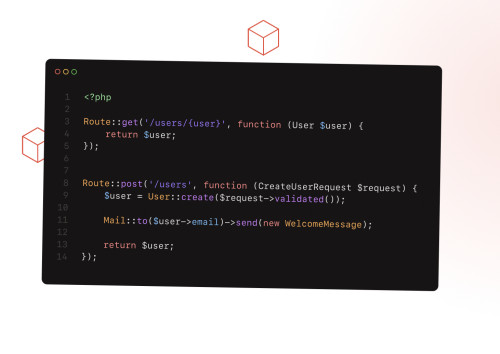In this article, we will see laravel 9 group by query example. how to use group by in laravel 9. As you might expect, the groupBy and having methods may be used to group the query results. learn how to create a collection of data using Laravel groupBy method. It can allow us to group the data by types, id, date etc.
Also, I will give yoy example of laravel 9 group by with where clause and query of group by in mysql. The GROUP BY statement is often used with aggregate functions COUNT(), MAX(), MIN(), SUM(), AVG() to group the result-set by one or more columns.
So, let's see how to use group by in laravel 9, laravel 9 group by multiple, laravel 9 group by with where clause, group by in MySQL, laravel 9 group by date, group by in laravel 9,
MySQL Group By Syntax with where condition :
SELECT column_names
FROM table_name
WHERE condition
GROUP BY column_names
ORDER BY column_names;Example :
SELECT COUNT(user_id), country
FROM users
GROUP BY country;The “Group By” function belongs to the collection, not eloquent category.
use App\User;
use DB;
public function index()
{
$users = User::select("*", DB::raw("count(*) as user_id"))
->groupBy('country')
->get();
} The having method's signature is similar to that of the where method.
$users = DB::table('users')
->groupBy('account_id')
->having('account_id', '>', 100)
->get();Now, I will give you example of group by date or group by year.
DB::table('users')
->select(DB::raw('DATE(created_at) as date'), DB::raw('count(*) as views'))
->groupBy('date')
->get();$users = User::select("*", DB::raw("count(*) as user_count"))
->groupBy(DB::raw("year(created_at)"))
->get();You might also like :
- Read Also : Bootstrap DateTimePicker Example
- Read Also : Laravel 8 Eloquent orWhereHas Condition
- Read Also : How To Get Current Month Records In MySQL
- Read Also : Laravel whereIn and whereNotIn Query Example






